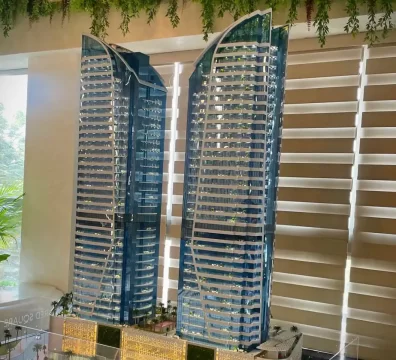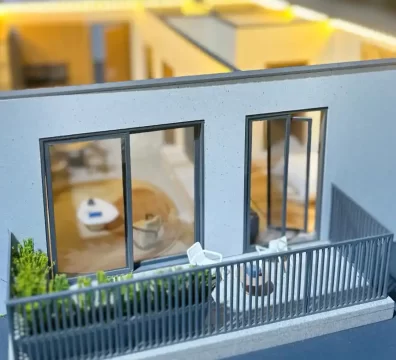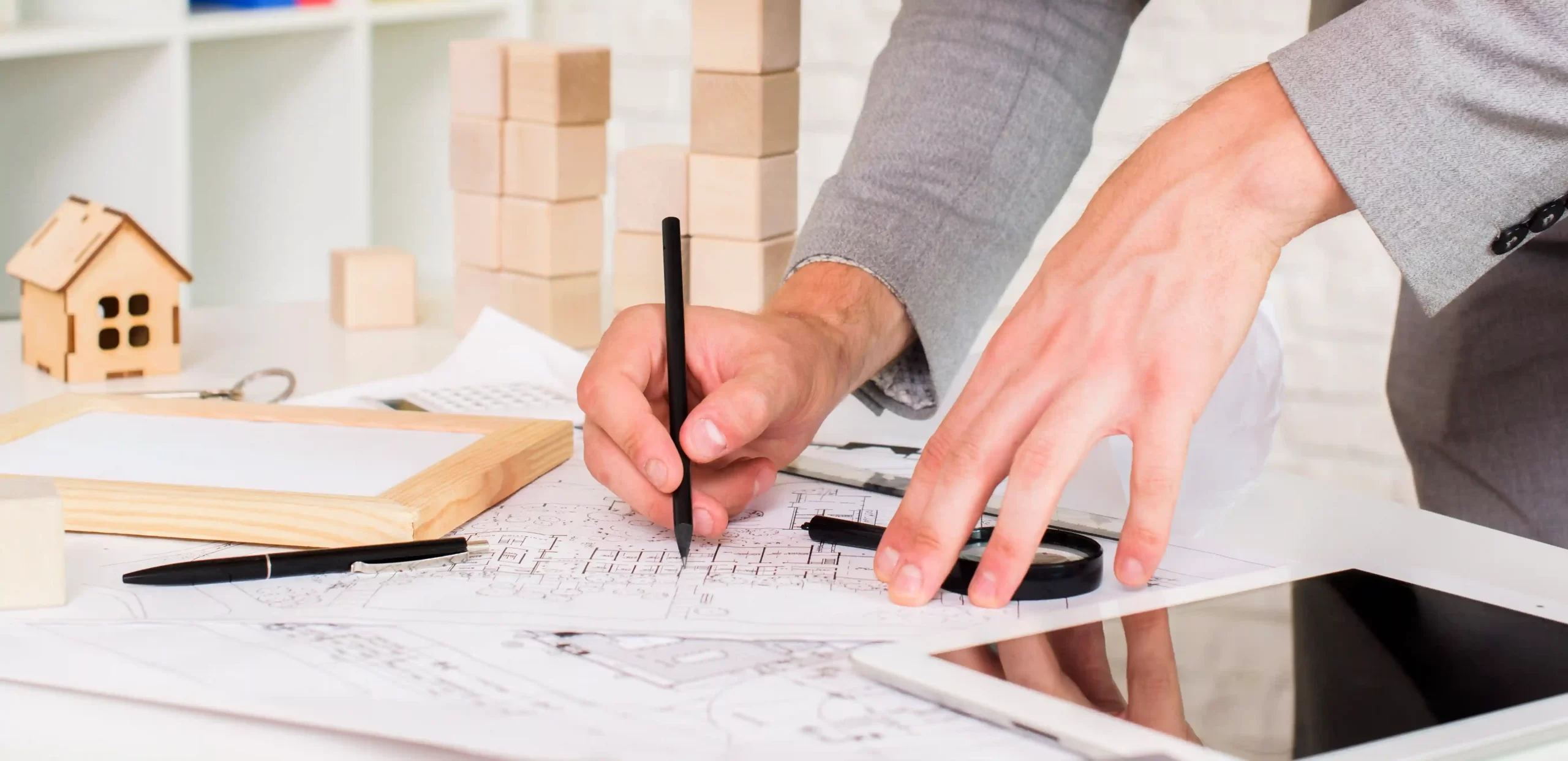Model making is an indispensable tool in the realm of design and creativity, serving as a bridge between imagination and tangible reality.
Within the diverse world of model making, three distinct types stand out for their unique purposes and applications: Architectural Model Making, Presentation Model Making, and Conceptual Model Making. In this blog, we will delve into the characteristics, uses, and significance of each type, shedding light on the intricate artistry that goes into bringing ideas to life through physical models.


1. Architectural Model Making:
Architectural Model Making: Architectural model making is a discipline rooted in the meticulous representation of buildings and structures. These models serve as three-dimensional prototypes of architectural designs, offering a tangible preview of what a project will look like in its final form. Architects, designers, and urban planners employ architectural models to communicate complex spatial relationships, scale, and design details to clients, stakeholders, and team members.
Materials such as foam board, cardboard, wood, and various adhesives are commonly used in architectural model making. Precision and attention to detail are paramount, as these models need to accurately convey the nuances of the proposed design. Whether showcasing a residential home, commercial complex, or urban development, architectural models bring blueprints to life, allowing stakeholders to visualize and understand the intended structure in a tangible and interactive manner.
2. Presentation Scale Model :
Presentation model making focuses on creating visually appealing and polished models designed for client presentations, exhibitions, and competitions. Unlike architectural models that emphasize accuracy in design representation, presentation models prioritize aesthetics and communication impact. These models often incorporate a high level of craftsmanship, utilizing fine materials and intricate detailing to evoke a sense of realism and sophistication
Commonly used materials for presentation models include acrylics, high-quality woods, and specialized model-making materials. The goal is to captivate the audience, conveying the essence of a design concept in a compelling and visually stunning manner. Presentation models serve as powerful tools for marketing, helping to secure approvals, attract investors, and stand out in a competitive design landscape.
3. Conceptual Model Making:
Conceptual model making is rooted in the early stages of the design process, serving as a means to explore and visualize abstract ideas. These models are not bound by strict accuracy or precise detailing; instead, they provide a platform for designers to experiment with form, shape, and spatial relationships. Conceptual models are valuable tools for brainstorming and ideation, allowing designers to quickly materialize their thoughts and concepts in a tangible form.
Materials for conceptual model making can range from simple materials like clay, wire, or paper to more unconventional elements. The emphasis is on creativity and rapid prototyping, enabling designers to test and iterate on multiple ideas before committing to a specific direction. Conceptual models play a crucial role in pushing the boundaries of design thinking and fostering innovation within the creative process.
In the diverse landscape of model making, each type serves a distinct purpose, contributing to the overall design process in unique ways. Architectural models bring precision and accuracy to the representation of built environments, presentation models captivate with their aesthetic appeal, and conceptual models provide a playground for creative exploration. In addition to highlighting the multifaceted nature of design, these three types of model making illustrate the importance of combining imagination and craftsmanship in order to transform ideas into tangible, communicative objects.



